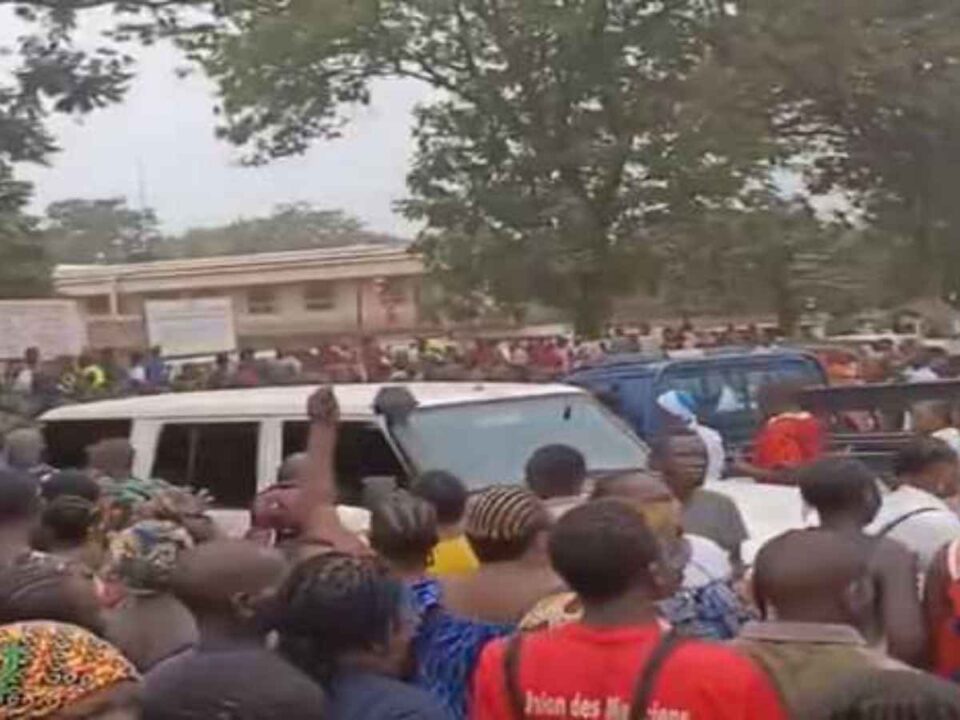
By Our Reporter
A devastating explosion and subsequent stampede at Barthelemy Boganda High School in the capital, Bangui, has left at least 29 students dead and more than 260 others injured, according to authorities in the Central African Republic (CAR). The disaster occurred on Wednesday, June 25, while more than 5,000 students were gathered for the national baccalaureate examinations.
The tragedy unfolded when an electrical transformer inside the school compound exploded just as power was being restored following a malfunction. The loud blast caused panic, triggering a chaotic stampede as terrified students rushed to flee the scene. Several students jumped from the first-floor windows in desperation, eyewitnesses reported.
Among the dead were 16 girls, most of whom died instantly at the scene, while others succumbed to injuries in hospital, according to a statement from the Ministry of Health. Many of the injured remain hospitalized across various facilities in Bangui, with some in critical condition.
“The hospital was overwhelmed by people to the point of obstructing caregivers and ambulances,” a Health Ministry official said, describing the chaos that followed the incident.
News of the incident has shocked the nation and triggered an outpouring of grief. President Faustin Archange Touadéra, who was attending a global vaccine summit in Brussels at the time, expressed sorrow and announced three days of national mourning.
“I would like to express my solidarity and compassion to the parents of the deceased candidates, to the educational staff, and to the students,” the president said in a video message shared on his official Facebook page.
Education Minister Aurelien-Simplice Kongbelet-Zingas described the event as a national tragedy and promised swift action to investigate the circumstances that led to the deadly explosion.
“Measures will be taken quickly to shed light on the circumstances of this incident,” he said, assuring the public that a new date would be set for students to resume their interrupted exams.
Authorities have not yet confirmed the cause of the transformer malfunction, but questions are already being raised about school infrastructure safety, electrical maintenance standards, and the preparedness of emergency response teams in handling such large-scale events.
Eyewitnesses described a harrowing scene of confusion and desperation as students screamed, ran in every direction, and trampled one another in the rush to escape. The sound of the explosion, followed by plumes of smoke, sent immediate shockwaves through the crowded school grounds.
One student who survived with a fractured arm said, “We thought it was a bomb. Everyone ran, pushing each other. I fell down and others stepped on me before someone pulled me up.”
Civil society groups and parents have called on the government to not only investigate the incident but also urgently improve safety standards in public schools. Some are demanding independent inquiries and compensation for affected families.
Meanwhile, grief-stricken families have begun mourning the young lives lost just as they were on the verge of completing their secondary education.
As the nation begins to bury its dead, the Central African Republic faces a sobering reckoning about the safety and preparedness of its education infrastructure. For now, the government’s promise of accountability and the hope of reform must comfort a grieving nation grappling with the loss of its brightest students.
